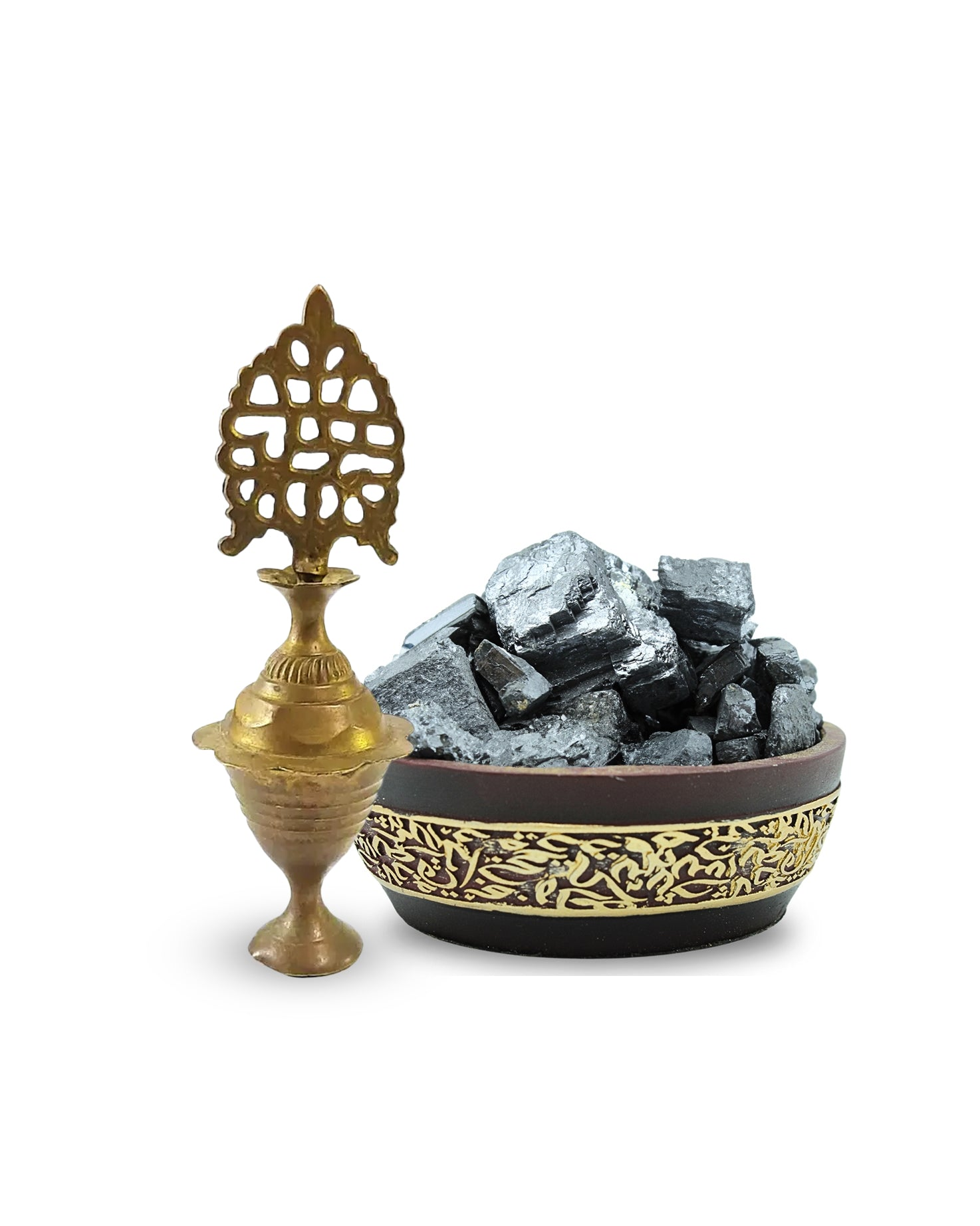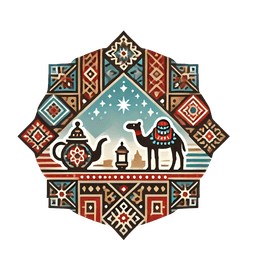- Published on
Khol The Ancient Eyeliner of Morocco and Its Cultural Significance
- Authors

- Name
- Adil ABBADI
Introduction
In the vibrant souks of Morocco, amidst the kaleidoscope of colors and aromas, lies a timeless beauty tradition that has been passed down through generations. Khol, an ancient eyeliner made from powdered antimony sulfide, has been an integral part of Moroccan culture for centuries. This mysterious and alluring substance has been used to adorn the eyes of Moroccan women, symbolizing beauty, protection, and cultural identity.

- Cultural Context
- Traditional Significance
- Modern Relevance
- Cultural Preservation
- Conclusion
- Cultural Call-to-Action
Cultural Context
Khol's origins date back to ancient Mesopotamia, where it was used as a cosmetic and medicinal product. As the Silk Road flourished, khol spread throughout the Middle East and North Africa, becoming an essential part of Moroccan beauty rituals. In Morocco, khol was initially used by the Berber tribe, who believed it possessed spiritual powers, warding off evil spirits and protecting the eyes from harm.
Traditional Significance
In Moroccan culture, khol is more than just a beauty product – it's a symbol of femininity, beauty, and spirituality. Traditionally, mothers would apply khol to their daughters' eyes as a rite of passage, signifying their transition from girlhood to womanhood. The application process itself is a labor of love, involving a delicate touch and a steady hand. The thick, black powder is mixed with water to create a paste, which is then applied to the upper eyelid using a small brush.

In Morocco, khol is often worn on special occasions such as weddings and festivals, where it adds to the overall aesthetic of the vibrant traditional attire. The intricate designs and patterns created using khol are an art form in themselves, with each stroke telling a story of love, beauty, and cultural heritage.
Modern Relevance
In recent years, khol has experienced a resurgence in popularity, with many Moroccan women embracing their cultural heritage and incorporating khol into their modern beauty routines. The rise of social media has also played a significant role in promoting khol, with many makeup artists and influencers showcasing their khol-inspired looks.
However, with the increasing popularity of commercial beauty products, there is a growing concern about the preservation of traditional khol-making techniques. Many artisans are fighting to keep this ancient tradition alive, passing on their skills to the younger generation and promoting the use of natural, high-quality ingredients.
Cultural Preservation
Efforts to preserve and promote khol are underway, with cultural organizations and artisans working together to safeguard this valuable part of Moroccan heritage. The creation of khol-themed festivals and workshops has helped raise awareness about the importance of preserving traditional beauty practices.

Conclusion
Khol is more than just an eyeliner – it's a symbol of Moroccan cultural identity, a connection to the country's rich history and heritage. As we appreciate the beauty of khol, we must also acknowledge the importance of preserving traditional techniques and promoting cultural appreciation.
Cultural Call-to-Action
As we delve into the fascinating world of khol, we invite you to explore the rich cultural heritage of Morocco. Let us celebrate the beauty and significance of khol, and support the artisans and organizations working to preserve this valuable part of Moroccan tradition.
